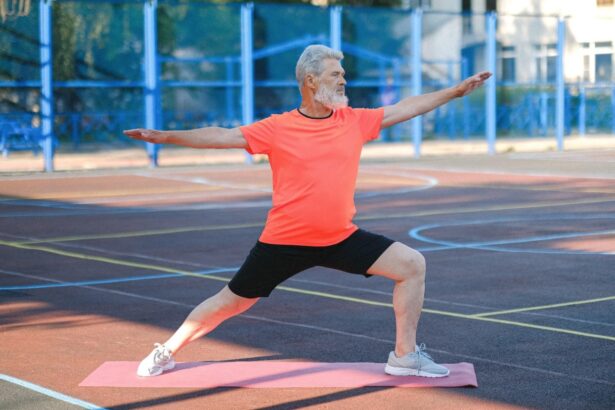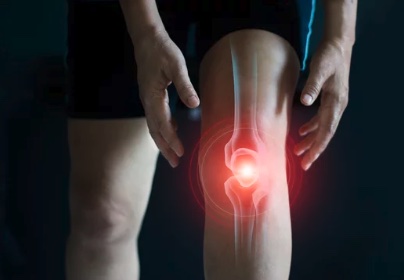
Your knee has four major ligaments that make up the knee joint complex including the anterior cruciate ligament (ACL), in the middle of your knee joint . Your ACL’s role is to help keep your knee stable, especially when performing ‘cutting or pivoting’ movements like running from side to side or swift changes in direction. Your anterior cruciate ligament, is also responsible for keeping your tibia (shin bone) from sliding out in front of your femur (thigh bone), thus allowing your knee joint to flex and extend.
ACL injuries are very common among athletes of all ages and competitive levels. An injury to the ACL occurs when the ligament is stretched beyond its normal range and the tibia slips out from under the femur.
Causes of ACL tears or injuries
An ACL injury or tear is most often a sports-related injury that occurs when the knee is forcefully twisted or hyperextended. Changing direction rapidly, stopping suddenly, slowing down while running, landing from a jump incorrectly, and direct contact or collision, such as during a rugby tackle can also cause injury to the ACL. Being female also increases your likelihood of tearing your anterior cruciate ligament due to differences in anatomy, muscle strength and sometimes because of hormonal differences.
Symptoms an ACL tear or injury
A person who experiences an anterior cruciate ligament (ACL) tear in their knee is likely to report some combination of the following symptoms:
Sharp knee pain – unlike progressive knee conditions, such as knee osteoarthritis, symptoms of an ACL tear occur suddenly and can almost always be traced back to a specific incident or injury.
A popping sound – often heard at the time of the injury
Instability – this may be especially noticeable during activities that strain the knee joint, such as walking downstairs and pivoting on one leg.
Knee swelling – this usually occurs immediately after the incident/accident however, in some patients, swelling may develop up to 24 hours later and can last for up to a week.
Diagnosing an ACL tear or injury

To diagnose an ACL tear, Dr Singh will inquire about the events leading up to the injury and a physical examination of your knee will be performed. He will test your range of motion, look for swelling, and test your degree of pain which all assist with your diagnosis.
Further testing may be required including x-rays to establish if there is any bone damage and an MRI may be used to evaluate the condition of your ligaments, tendons, and cartilage.
Many conditions can cause knee pain, so a correct diagnosis in consultation with Dr Singh is critical in determining the best treatment option for you.
Treating an ACL tear or injury
Not all ACL injuries require surgery with some even healing naturally over time. In the early stages of recovery, you may be asked to protect your knee with a brace, or by using crutches and physiotherapy. In practise, however, most ACL tears tend to require surgery, and this usually involves reconstructing the ligament with a graft rather than stitching the tear.
These treatment options can all be discussed in your consultation with Dr Singh.
 Christmas Operating Hours
Christmas Operating Hours 


















